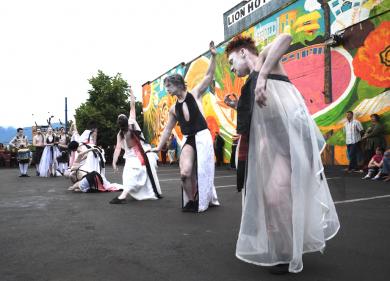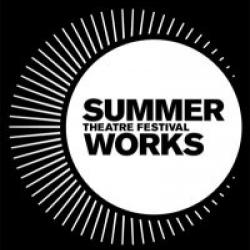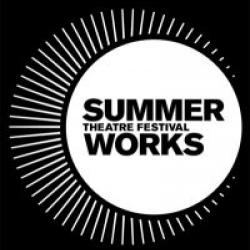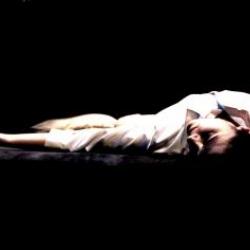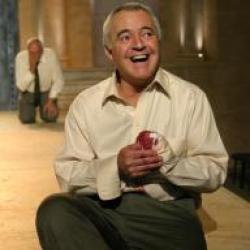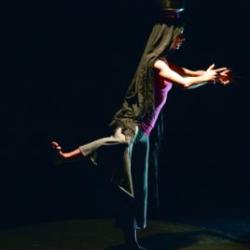Kokoro Dance: butoh bodies, time and space
It’s windy, golden July morning in Vancouver, and I’m standing in a grotty doorway next to Dressew Supply Ltd. on West Hastings. On the steel door, a notice explains that the marijuana dealers, who used to work from the second floor moved out in February 2004.
Further, “(t)hey did not leave a forwarding address.” And as for tagging… “It is a waste of your talent and paint and a waste of our time.”
I buzz and climb the precipitous linoleum stairs.
